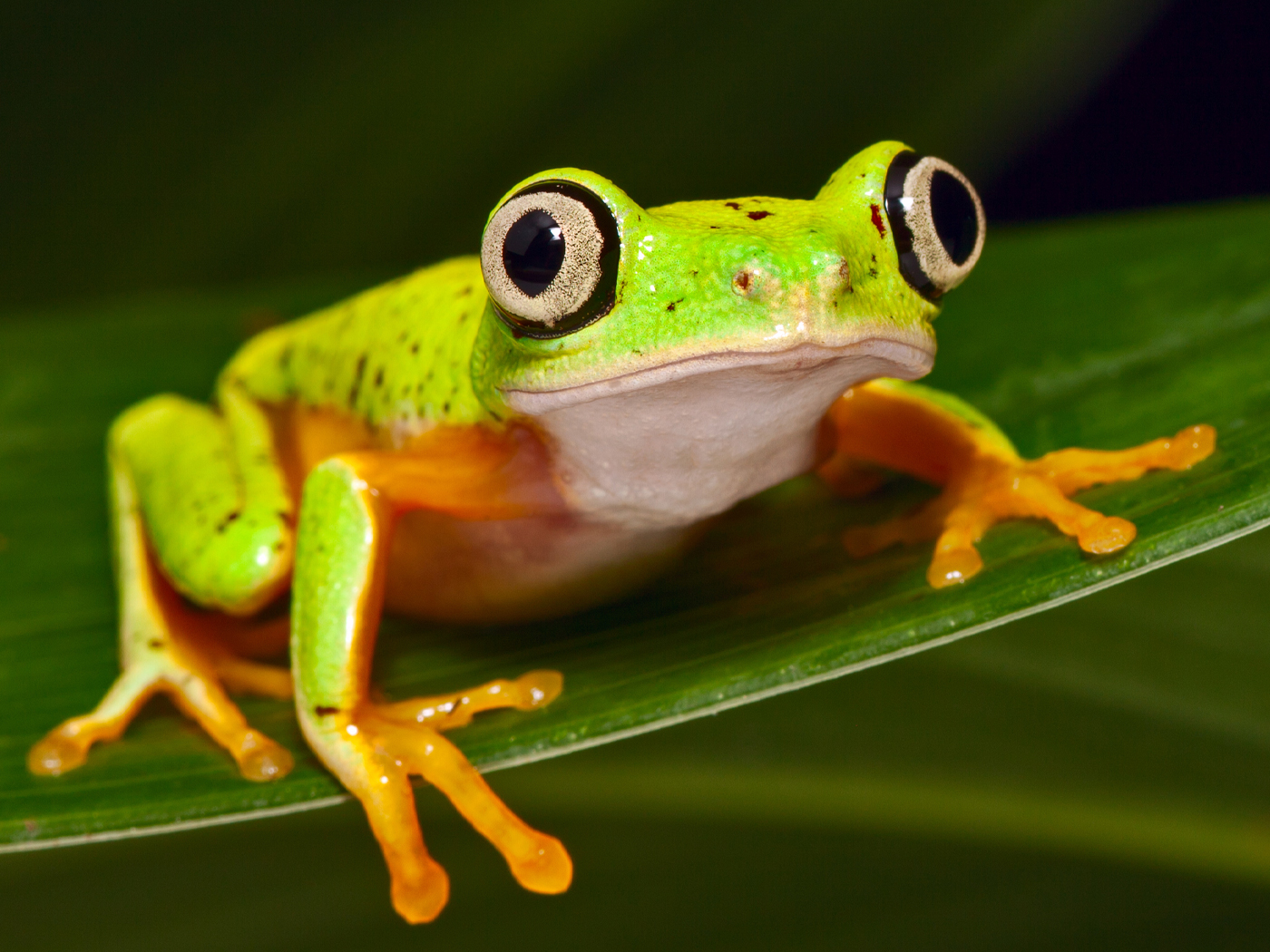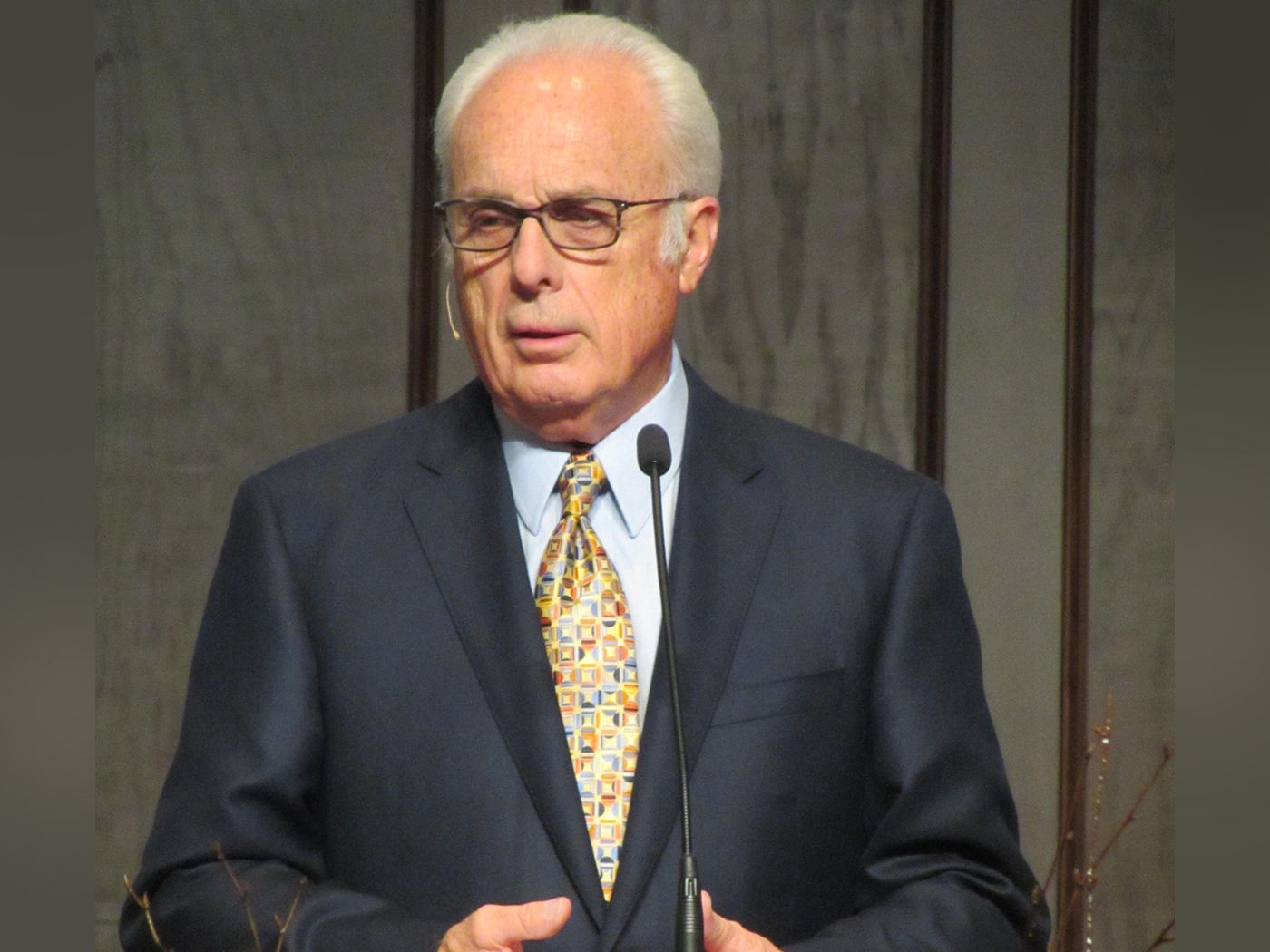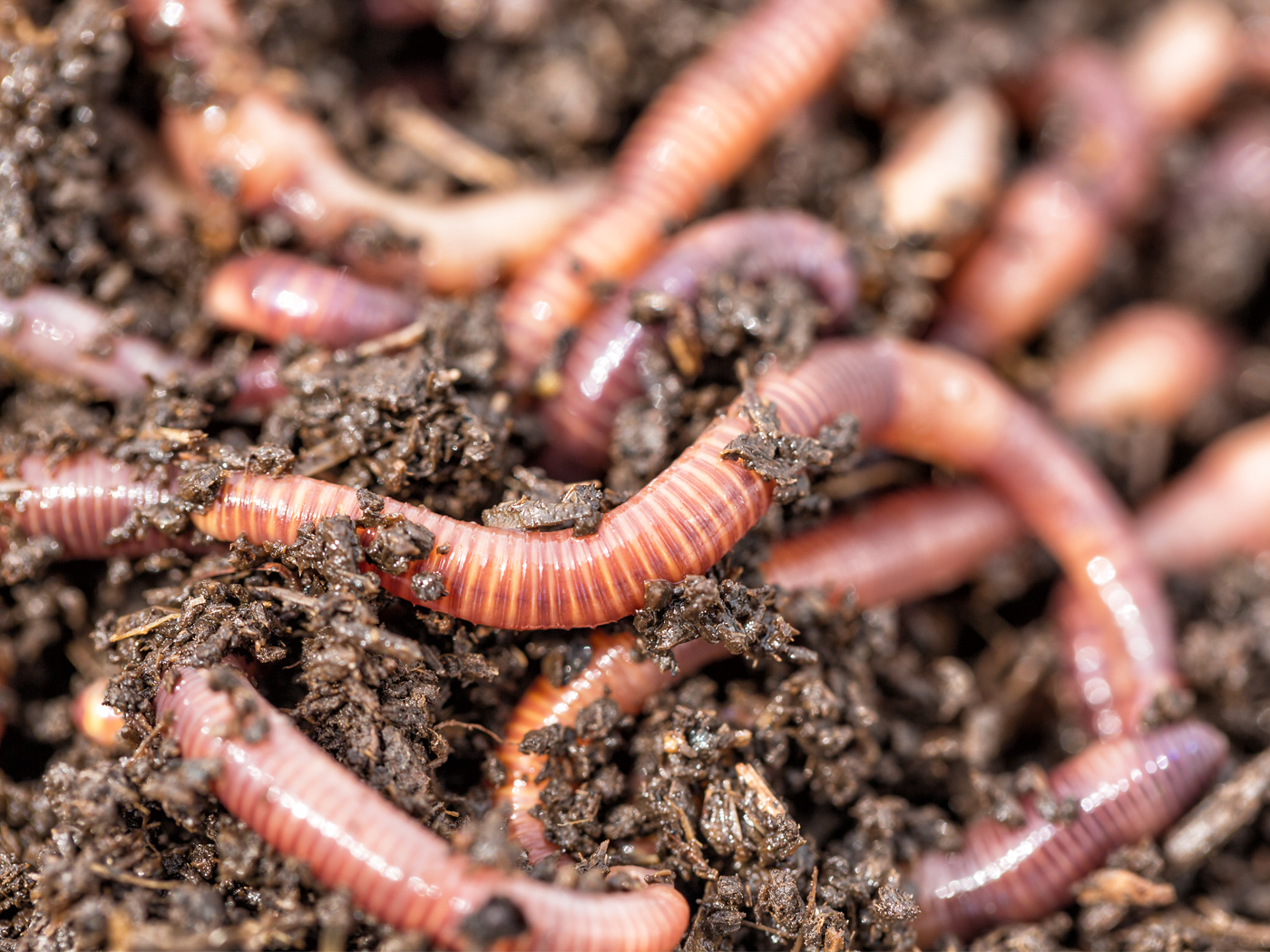It seems like every time we turn around these days, we're bombarded with the news of another endangered species. From the tiny snail darter to the beautiful spotted owl, the "rights" of these creatures supercede those of humans. Many are justifiably upset. Make no mistake, the proper maintenance of the creation was given to us by the Creator. But where is the balanced perspective? Better yet, where is the truth?
What can be done to keep some of these creatures from going extinct? Actually, much can and is being done. For instance, the California condor, while still at dangerously low levels, has been snatched from the brink of extinction by captive breeding programs and stringent protective laws, not to mention an enormous amount of money.
During the years in which records have been kept, hundreds of species have become extinct. Obviously the trend cannot be continued indefinitely, for not one new species has been observed to arise in a natural setting. At present rates of extinction, virtually all land mammals and birds would disappear in tens of thousands of years. The problem worsens with each loss, for habitats and food chains are disrupted, putting other creatures in jeopardy.
Some success has been achieved by employing fertility drugs with some animals, and the new science of cloning offers some hope for maintaining the more robust. There is even an effort to clone extinct animals, like the mammoth, from remains in which the DNA is preserved. Unfortunately, a viable population must have the genetic input of numerous individuals to minimize the harmful effects of inbreeding.
In such discussions, it helps to carefully define terms, but in this case, precision escapes us. Even the definition of the term "species" is vague. Commonly thought to represent a genetically isolated population, many surprising crosses between species have been observed. For instance, lions and tigers have been known to cross, as have polar bears and black bears, as have llamas and camels, not to mention wolves and coyotes and domestic dogs. Evidently, many of the types we now call "species" are really just "varieties" of a large, poorly delineated "kind."
Recently an ICR graduate student documented that 19 species of monkey from four different generations have been known to cross. Each group usually chooses to keep to itself, but in reality they are part of a large breeding population. Yet, despite the fact that these crosses are known, environmentalists insist that great amounts of money be spent to maintain each group. But some of the breeding groups are now so inbred that they are in true danger of extinction. It is an evolutionary mindset which highlights the varieties in anticipation of seeing true speciation occur. But evolutionary thinking does no favors. Disallowing natural crosses to occur perpetuates a deficient gene pool and may lead to extinction. Application of such wrong thinking, far from being helpful, is better understood as harmful and shortsighted.
*Dr. John Morris is President of ICR.














